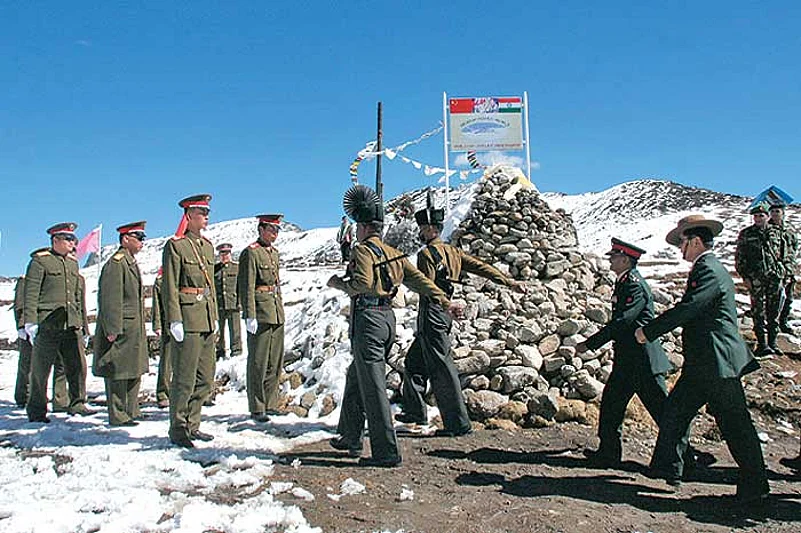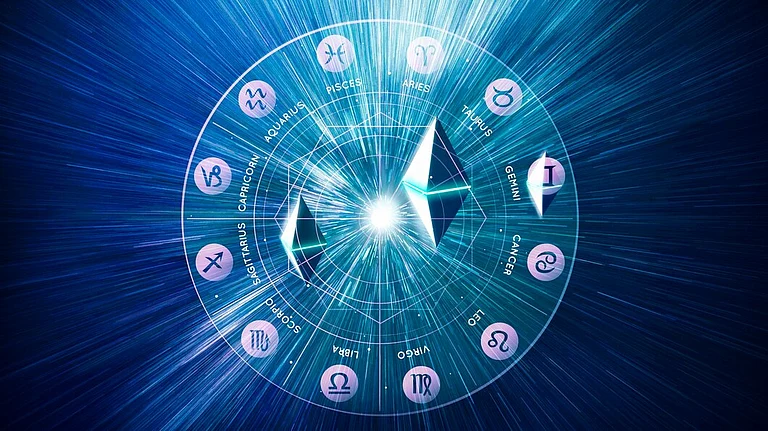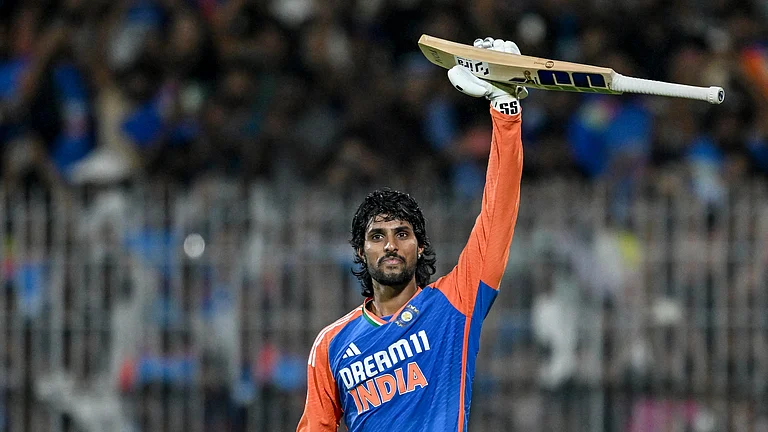India has been undertaking various steps to counter what it perceives as a threat from a “rising China”. Its first big step was to present itself to the US as a reliable partner capable of counter-balancing China. It did this by citing China as the principal security reason for undertaking Pokhran-II. Since then, this policy has not changed fundamentally. From 1998, India and the US have entered into a framework agreement on defence cooperation, conducted joint exercises, and embraced those countries—Japan, Australia, Singapore and South Korea—not in the Chinese orbit.
India has taken steps to counter the Chinese threat along its border, especially in Arunachal Pradesh. These include the deployment of 1,00,000 troops with provisions for deploying an additional 60,000 and comprising two specialised mountain infantry divisions and an artillery brigade. It has also renovated its airfields for the deployment of two Sukhoi 30 MKI squadrons each at Tezpur and Chabua in Assam. To guard these assets, it is to deploy eight Akash air defence squadrons in the next few years.
India has also developed the Agni-II and Agni-III ballistic missiles with a range of 2,000 and 3,000 km respectively; the eventual development of Agni-IV will increase its penetration range to 4,000 km plus—enough to reach deep into China. To enhance its naval strength in the Indian Ocean, across which most of China’s oil is ferried from the Gulf, India is also leasing the Nerpa, an Akula-class SSN (nuclear-powered attack submarine) for 10 years from Russia. By 2022, India is likely to spend over $110 billion to upgrade and overhaul its armed force. This includes the Hawk Advanced Jet Trainer, six C-130 J “Super” Hercules transport aircraft, 10 C-17 Globemaster III Strategic aircraft and eight Boeing maritime surveillance P-81 aircraft. It also plans to buy 126 Medium Multi-Role Combat Aircraft soon, for which defence companies from the US, France, Russia, Germany and many other are competing.
Chances of an armed conflict between India and China are remote at present, but experts feel the two will continue to shore up their defences. India’s gargantuan defence expenditure is akin to taking out an insurance policy till such time it believes the threat perception from China has diminished considerably.

























